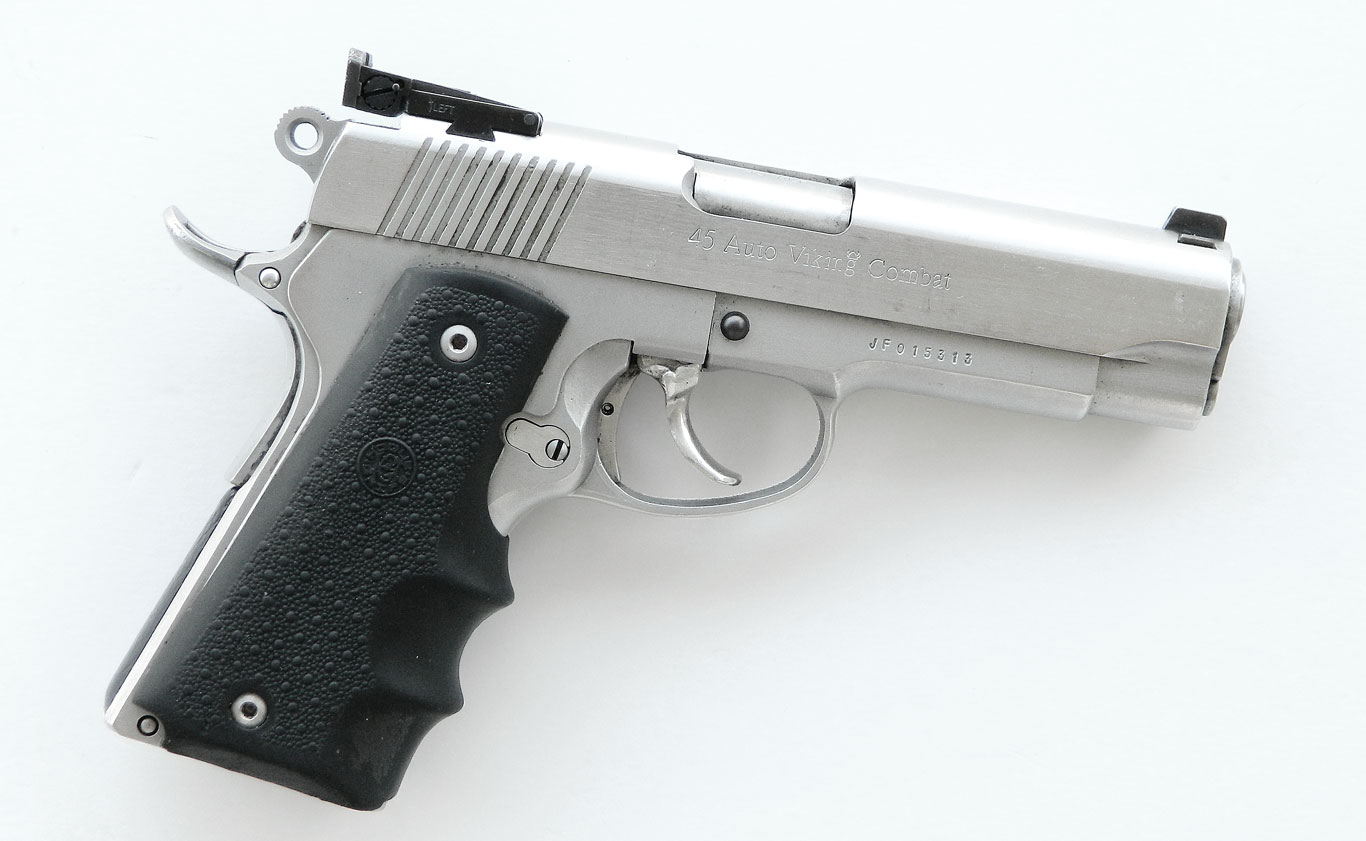
A novel piece of firearms engineering that turned the 1911 into a double-action/single-action pistol.
Over the years, the debate between those favoring the single-action and single-action/double-action semiautos has taken predictable paths when it came to firing the first shot. The single-action shooter tended to be tactical-minded while the double-action first-shot fans liked the handling and perceived safety of the DA/SA pistol.
There wasn’t a lot of choice in the 1970s and early 1980s. I began carrying a cocked-and-locked 1911 in about 1978, and over the years I have seen shooters carrying 1911s with the hammer down, which is less than ideal, and chamber empty, which defies the need for simple readiness. Some feared or did not trust cocked-and-locked carry or genuinely preferred the double-action system, but they respected the handling and power of the 1911 handgun just the same. One unique solution in trying to please everyone was the Louis Seecamp double-action conversion.
Seecamp was a noted designer, retiring from O.F. Mossberg after years of service, and while he did many custom 1911s and was a respected gunsmith, the double-action conversion of the 1911 is what he is best remembered for.
The work began with cutting out a section of the right-hand side of the frame, and the conversion required a new hammer with a hook. This hook mated up with a drawbar that connected to the hammer hook and incorporated a return spring fastened to both the drawbar and the frame.
The new trigger was secured to a pivot in the frame and swung in an arc similar to a conventional double action to both cock and drop the hammer. The trigger guard was elongated and welded in order to accommodate the trigger’s arc, giving the pistols a superficial resemblance to the Smith &

